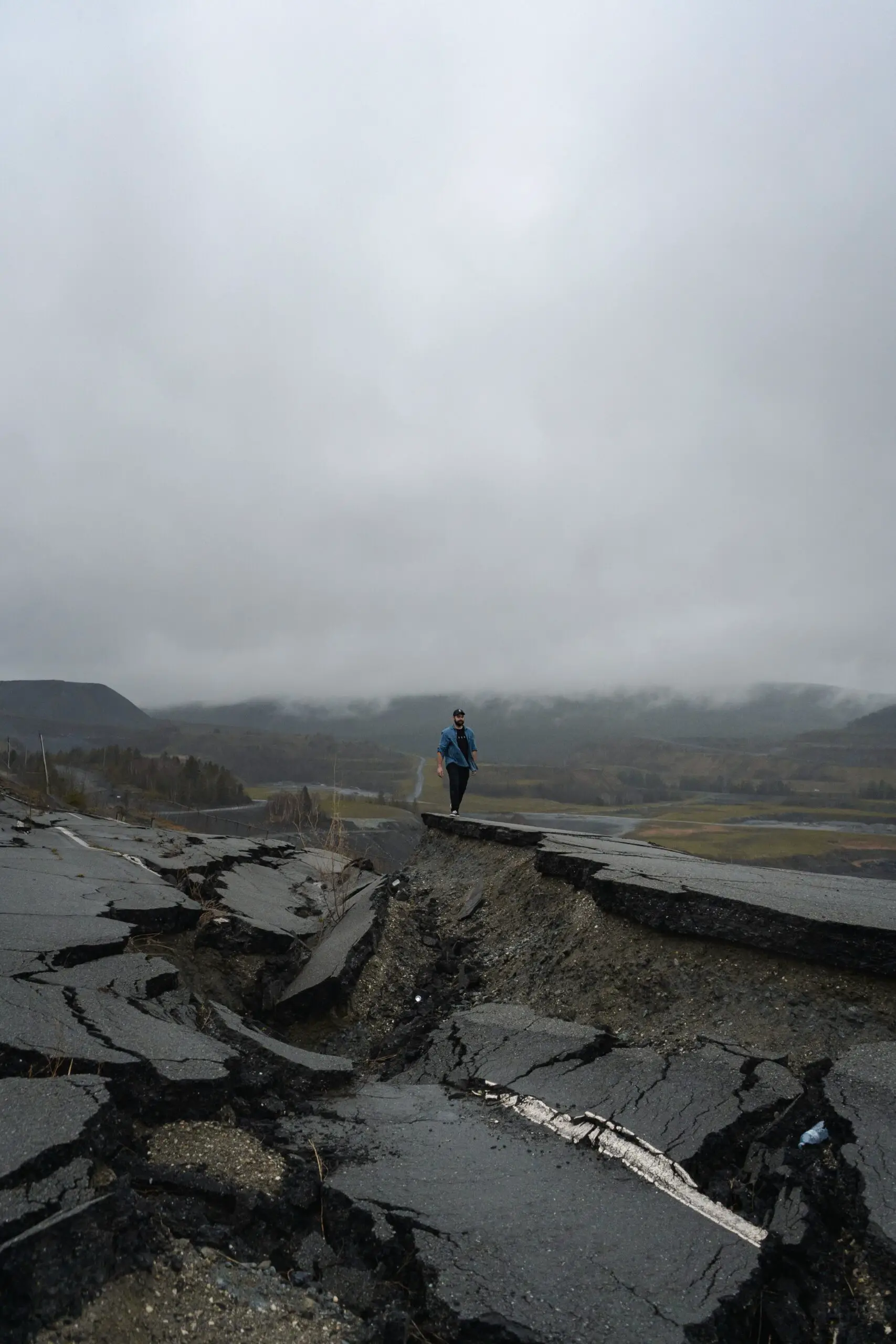Earthquakes are a natural and unpredictable phenomenon that can cause significant damage to buildings, infrastructure, and people. In this article, we will discuss the basics of earthquake engineering and structural dynamics so that you can understand how these events occur and what can be done to prevent them from happening in the first place.
What is earthquake engineering?
Earthquake engineering is the application of engineering principles and techniques to earthquake problems. Earthquake engineering typically involves the analysis of seismic data, the design of structures and foundations that are resistant to earthquakes, and the deployment of mitigation measures. While structural dynamics is a branch of engineering that deals with the analysis and simulation of dynamic systems, including linear elasticity, plasticity, metals fatigue, and structural dynamics.
What is structural dynamics?
Structural dynamics is the study of how physical properties (e.g., strength, stiffness) varies with time in response to loads or motions applied at various points in a structure. The goal of structural dynamics is to understand how structures behave in response to large deformations or disturbances and to develop methods for predicting their performance. Structural dynamics can be used to design more robust structures or to improve the safety of existing ones.
The basics of structural dynamics
Structural dynamics is the study of the behavior of structures in response to loads and vibrations. Earthquake engineering focuses on the analysis and design of systems that will resist earthquake shaking. The basics of structural dynamics are covered here.
Structural dynamics is the study of how a structure behaves in response to loads or vibrations. The most common type of vibration is an earthquake, which can cause a building to shake and potentially collapse. In order to prevent this from happening, earthquake engineers must understand how a structure behaves in response to shaking. This knowledge is essential for designing systems that will withstand shaking.
To understand how a structure responds to vibrations, we first need to understand its basic design. A structure is composed of several pieces that are connected together by joints (or hinges). When subjected to vibration, each joint can move independently, which causes the entire structure to shake.
The magnitude (strength) of vibration is determined by the frequency (speed) of the vibration and the amplitude (size) of the vibration. The larger the amplitude, the more severe the vibration will be. Earthquakes occur at low frequencies (slow speeds), so they produce small amplitudes (weak shakes). Conversely, high-frequency vibrations produce large shakes.
How earthquakes damaged buildings
Earthquakes can cause significant damage to buildings, both in the short and long term. In the short term, earthquakes can cause structural failure and loss of life. In the long term, earthquakes can cause considerable financial damage to buildings and businesses.
One of the most effective ways of mitigating earthquake damage is through engineering. Structural engineers design and build structures that are capable of withstanding seismic forces. They also use dynamic analysis to understand how seismic forces will act on a building and design measures to counteract these forces.
Structural engineers must also be aware of structural dynamics, which is the study of how materials deform in response to applied loads. This knowledge is essential for designing structures that will withstand strong shaking without fail.

How to design earthquake-resistant structures
When designing buildings and other structures for earthquake resistance, engineers must take into account the dynamic behavior of the structure in response to seismic loads. Structural dynamics is the study of how structures respond to loading and deformations. The following are four tips for designing earthquake-resistant structures:
1. Use Shake Tables to Test Structures
Shake tables are a powerful tool for testing the dynamic behavior of structures in response to seismic loads. By simulating earthquakes, shaking tables can help engineers determine the appropriate design parameters for a given structure.
2. Use Computational Methods to Model Structural Dynamics
Computational methods are another useful tool for modeling structural dynamics. These methods allow engineers to simulate the dynamic behavior of structures under various loading conditions. This information can then be used to improve the design of earthquake-resistant structures.
3. Use In-Situ Testing to Evaluate Structural Performance
In-situ testing is another method for evaluating structural performance. By subjecting a structure to realistic seismic loading, in-situ tests can help engineers determine whether a structure is capable of withstanding higher loads during an actual earthquake.
4. Use Earthquake Load Cases to Specify Structural Requirements
If you are designing an earthquake-resistant structure, you will need to use load cases to specify the structural requirements. A load case is a simulation that simulates the forces that will be applied to a structure during an earthquake. You can use a load case to determine the minimum strength and stiffness of the structure required to remain standing after being subjected to a particular force.
Earthquake engineering and structural dynamics impact factor
Structural engineers are responsible for designing, analyzing, and managing structures in order to withstand seismic events. Structural dynamics engineers use numerical simulations to understand the behavior of structures under earthquake loading. By understanding the behavior of a structure before and after an earthquake event, structural engineers can design buildings and other structures that are more likely to remain intact.
Structural engineering is a critical field during an earthquake, as structures can play a major role in determining the level of damage after an event. Structural engineers are responsible for designing, analyzing, and managing structures in order to withstand seismic events. Structural Dynamics Engineers use numerical simulations to understand the behavior of structures under earthquake loading. By understanding the behavior of a structure before and after an earthquake event, structural engineers can design buildings and other structures that are more likely to remain intact.
There are many ways that numerical simulation can be used in earthquake engineering. Structural dynamics simulations can help identify potential failure points in a structure before an earthquake event occurs, allowing for improved design. Additionally, structural dynamics simulations can help identify how strong a structure is under different loading conditions. This information is important when choosing materials for a structure, as well as assessing the impact of earthquakes on existing infrastructure.
Elements of earthquake engineering and structural dynamics solution
Structural engineers are tasked with solving complex structural problems in the face of earthquakes. The following is an overview of some of the most important aspects of earthquake engineering and structural dynamics.
An earthquake is a seismic event that occurs when the earth’s surface moves abruptly and violently under the influence of an earthquake fault, strain field, or load. Earthquakes can be destructive and deadly, usually causing damage to buildings, bridges, and other structures. Earthquakes can also generate tremors that are felt by people throughout a region.
The frequency, size, and intensity of earthquakes vary widely throughout the world. Although there is no way to predict when an earthquake will occur, scientists have developed ways to predict where they are most likely to occur. Earthquake engineering is the application of knowledge about earthquakes to design effective solutions for protecting people and property from damage when earthquake eventually occurs.
One important aspect of earthquake engineering is understanding how earthquakes propagate through the earth’s crust and mantle. This understanding is essential for designing structures that will withstand earthquakes without sustaining major damage. Earthquakes can also cause loss of life and injury if they occur during construction or during emergency evacuations.

Earthquake engineering and structural dynamics guidelines
The following are some guidelines related to earthquake engineering and structural dynamics.
- Use appropriate MSS codes when reporting earthquakes in order to improve the data quality.
- Review and update your facility’s design codes as needed in order to comply with current best practices for seismic performance.
- Identify potential weak links in your facilities, and evaluate the need for retrofitting or replacement based on the level of shaking anticipated.
- Develop and implement an earthquake early warning system for your facility.
After reading this article, I hope you have a better understanding of earthquake engineering and structural dynamics. Earthquake engineering is the practice of designing structures to withstand earthquakes and other seismic events, while structural dynamics is the study of how materials deform in response to forces. By learning about these two disciplines, we can design safer buildings that are able to withstand significant earthquake loading. Thanks for reading!
What is structural dynamics and earthquake engineering?
Structural dynamics is a field of engineering that deals with the design, analysis, and construction of structures that are capable of withstanding the loads and vibrations that they will experience during their lifetime.
Earthquake engineering is a related field that focuses on the design and construction of buildings, bridges, and other infrastructure that can withstand earthquakes. Together, these fields form the backbone of structural safety.
Is earthquake engineering part of civil engineering?
Yes, earthquake engineering is a part of civil engineering. It involves designing and building structures that can withstand earthquakes. Engineers also study how to detect earthquakes in advance and how to respond to them. They work with scientists to develop strategies for mitigating the effects of earthquakes.
What is the relation of earthquake engineering with geology?
There is a close relation between earthquake engineering and geology. Earthquake engineers use the knowledge of geology to design buildings and other structures that are resistant to earthquakes. They also use geology to predict where earthquakes will occur and how strong they will be. This information is used to create safety guidelines for the population.
What is damping in structural dynamics?
Damping is a mathematical term that describes how a system responds to external shocks. In structural dynamics, damping is important because it affects the stability of a structure. Damping can be explained using the following equation: d2x/dt2 = -kx² + α²where k is the damping coefficient and x is the displacement. The value of k determines how much the system will respond to shock waves. A high value of k means that the system will react quickly and lose stability.
What is stiffness in structure?
Structural stiffness is the ability of a structure to resist deformation or failure. It is measured in terms of how much a force is needed to cause a change in the shape or size of the structure. The more stiff a structure is, the less likely it will deform under load. There are several factors that affect structural stiffness, including material properties, geometry, and design.
What is ductility factor?
The ductility factor is a property of a material that determines how easily it can be deformed. It is measured in units of stress/strain, and the higher the number, the more ductile the material is. The ductility factor is important for materials that are used in engineering because it affects how well the material responds to stress. For example, a material with a high ductility factor will deform more than a material with a low ductility factor under the same amount of stress. This makes the material easier to work with and allows for more precise designs.

